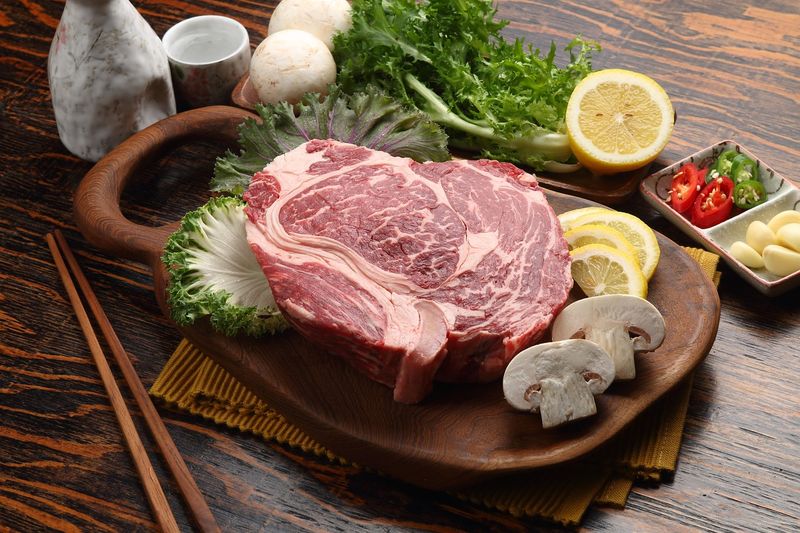
How to Source Premium Beef: From Dry Aged Cuts to Kobebeef
Buyers today are sourcing both beef and beef — from bulk wholesale cuts to premium products like dry aged and Kobebeef. This guide explains how B2B meat professionals can find reliable suppliers, ensure quality, and trade smarter using platforms like Meat Borsa.
1. Why the Global Beef Market Is Evolving
The demand for high-quality beef and meat products continues to rise, especially in international trade. Today’s buyers — whether wholesalers, restaurant groups, or importers — are looking for:
Reliable traceability
Verified certifications (Halal, grass-fed, EU origin, Wagyu grading)
Consistency in cut, fat content, and packaging
Quick and transparent sourcing channels
Export-ready documentation
This shift is driving more buyers to seek out premium meat suppliers and work directly with verified processors.
2. From Beef to Beef and Beef: What's Being Sourced
Whether you're looking for standard cuts or specialty meats, the market now revolves around choice and value. B2B buyers are sourcing:
Commodity beef for volume supply
Boneless and bone-in cuts (striploin, brisket, rump)
Vacuum-packed beef for EU or export markets
Dry aged beef for high-end use
Kobebeef and other Wagyu-style meats for premium sales
This “beef and beef” spectrum — from affordable to ultra-premium — reflects how diverse modern sourcing has become.
3. What Is Dry Aged Beef?
Dry aged beef is aged in a controlled environment for 21–60 days, allowing natural enzymes to tenderize the meat and deepen the flavor. It's typically sourced by:
Gourmet butchers
High-end restaurant groups
Meat traders targeting premium customers
Key things to confirm when sourcing dry aged beef:
Length of aging
Cut specifications (ribeye, striploin, etc.)
Chilling method and packaging
Origin and compliance certificates
4. Understanding Kobebeef in International Trade
Kobebeef (often stylized as “Kobe beef”) is one of the world’s most exclusive beef products. Originally from Japan’s Hyogo region, it’s known for:
Intense marbling (A4–A5 grading)
Small-volume, high-value export models
Exceptional tenderness and flavor
If sourcing or selling Kobebeef:
Check for genuine certification
Be ready for pre-order or limited batch deals
Ensure all export paperwork and health certificates are in place
Buyers may also encounter “Kobe-style” beef or Wagyu hybrids from countries like Australia, Spain, or the US — still premium, but more scalable.
5. Sourcing Beef More Efficiently with Meat Borsa
Meat Borsa is a B2B meat sourcing platform designed to help buyers and sellers:
Browse available beef and meat listings
Post supply requests (e.g., “Need 1T dry aged beef EU origin”)
Connect with verified suppliers across Europe and beyond
Streamline negotiations, document exchange, and logistics
Whether you’re buying commodity beef, dry aged products, or Kobebeef, Meat Borsa helps reduce time-to-deal and increase sourcing confidence.
Ready to upgrade your beef sourcing strategy? Visit Meat Borsa to explore listings or post a request.
✅ Final Thoughts
The days of just “buying beef” are gone. Today’s buyers are balancing both beef and beef — bulk orders for consistency, and premium cuts for margin. Understanding the difference, and having the right tools to source both, is what separates average businesses from fast-growing ones.
Platforms like Meat Borsa give meat professionals a better way to connect, trade, and thrive in a digital-first supply chain.
